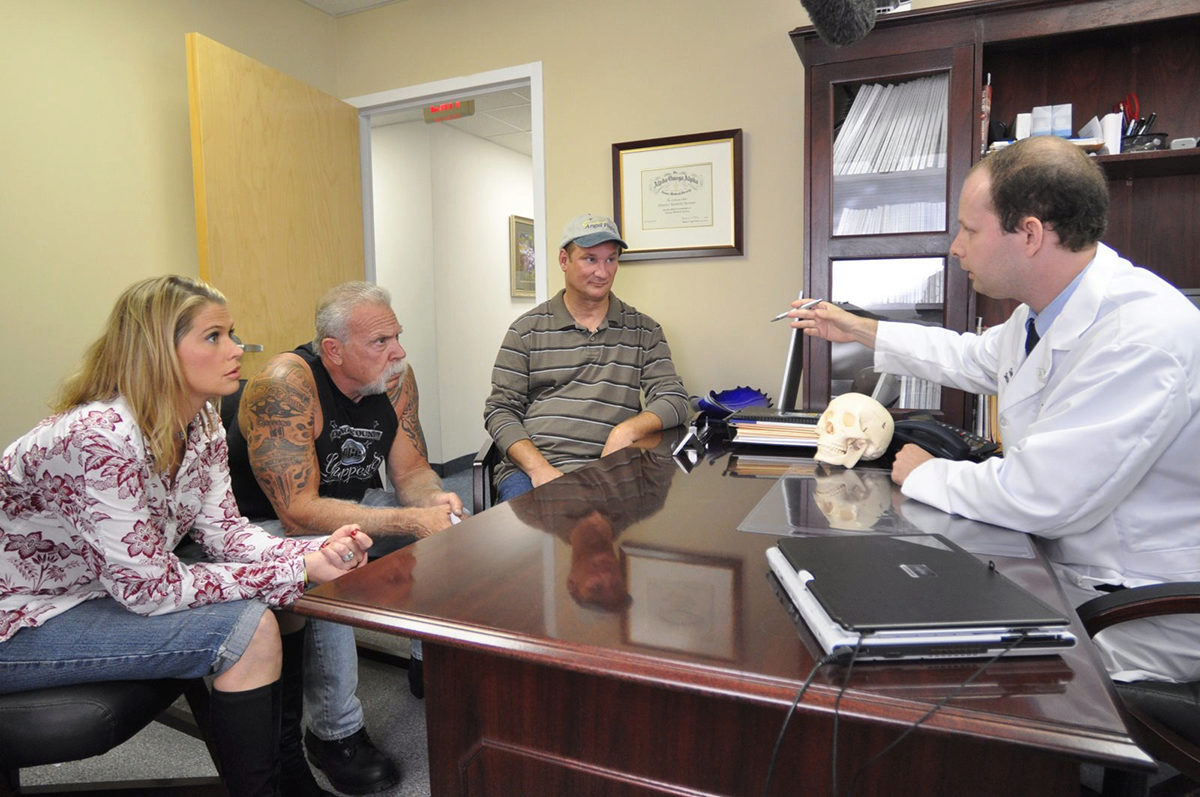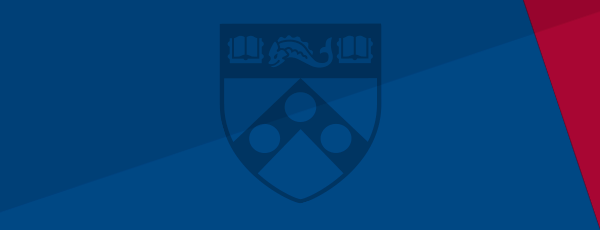Growing up, Dr. Charles Herman, WG’18, knew he wanted to be a physician. After completing a BS/MD program, Charles began a successful career as a plastic surgeon. Eventually, he became chief medical executive at Lehigh Valley Hospital-Pocono and spent many years chairing the clinical value analysis process, which evaluates new technology and services that the health system may potentially adopt.
In addition to practicing medicine, he also launched a startup 10 years ago focused on implants and medical devices in the body, and he became an advisor for other startups and investors. All of these experiences, he noted, sparked an interest in the finance side of health care.
“I saw how adding a financial tool set to my other knowledge and experiences would help me contribute even more to the assessment and growth of new technologies and services – and impact many more people. As a doctor, I help one patient at a time. And as a health-care executive, I help thousands. But new technologies and services could help millions of people.”
He decided the best way to gain that skillset was to come to Wharton’s EMBA program. Now an alumnus, Charles credits Wharton with helping to open up unexpected opportunities.

Opening Many Doors
During a communications course, Lecturer Susan Tabor-Kleiman introduced Charles to the leadership of the Philadelphia-Israel Chamber of Commerce, which supports U.S.-Israeli innovation and collaboration. Through that organization, he learned about an artificial intelligence and data analytics company, Somatix, which was looking to launch its remote patient monitoring technology in the U.S. and was seeking health-care business leadership.
“Somatix needed someone to help them enter the U.S. market and I joined as an advisor. After helping the startup win a $1-million grant from the Binational U.S.-Israel Research and Development Foundation, I spearheaded a collaboration with the Catholic Diocese to use the technology at its elder-care facilities,” Charles said.
As Charles helped the company grow and locate additional U.S. partners, he increased his commitment and is now serving as president and chief medical officer.
During that time, he was also asked to become involved with Somatix’s lead investor, Digitalis, the health-care VC arm of Mars, Inc. Charles joined as venture partner, helping with portfolio operations, sourcing, and due diligence.
“It’s amazing that in less than two years after finishing my MBA – through that one contact – I was introduced to this whole new world,” he said.
Building Lifelong Faculty Relationships
Since graduation, Charles has leveraged faculty expertise at Wharton to help build out Somatix. Prof. Americus Reed joined the advisory board and has been involved with marketing support and analytics. “Prof. Reed took the lead in designing surveys and analytics for key performance indicators, and building out robust analytics for how the technology is improving quality of care for patients.”
Charles noted that Prof. Reed recently used Somatix for a project in his marketing class. “Students are assigned to work with a real company on marketing issues. It’s rewarding to now be on the other side of the table to bring Somatix to his class, having students do research and analytics for us – and see how valuable marketing analytics is to a company that is going to market.”
And after working with Prof. Christopher Geczy on an independent study project on health equity and taking his portfolio theory class, Charles asked him to share his expertise at Somatix. Prof. Geczy’s firm led an investment round in the company and he joined the Somatix board of directors.
“These are lifelong valuable relationships with Wharton faculty,” said Charles.

Leveraging the Wharton Network
As Somatix grows, Charles knows where to look for talent: Wharton. So far, he’s already hired an undergraduate intern, who came on board full time after graduation as head of strategic partnerships. Another Wharton undergraduate student is currently interning at the company.
Completing the Puzzle
Charles values how Wharton’s EMBA program allowed him to combine his background with business knowledge to find new career paths.
“I worked hard to get where I’m at: I spent over 10 years working as a surgeon and with a variety of startups and growth companies and consulting with VC firms to get a sense of the business. I also was introspective about my strengths and weaknesses, and I was willing to do what it took to fill in knowledge gaps. When I combined my background with an MBA, I felt like I had completed a puzzle. This is a very demanding program, but it has no ceiling. It’s two years of very challenging work for a lifetime of possibilities.”
— Meghan Laska
Posted: March 18, 2020



















